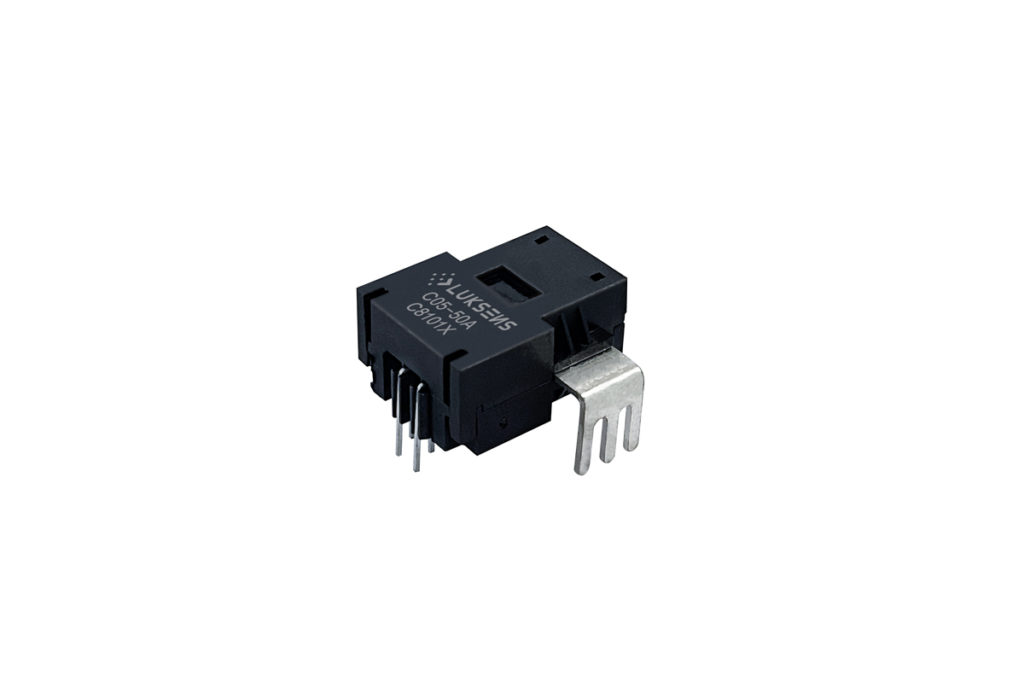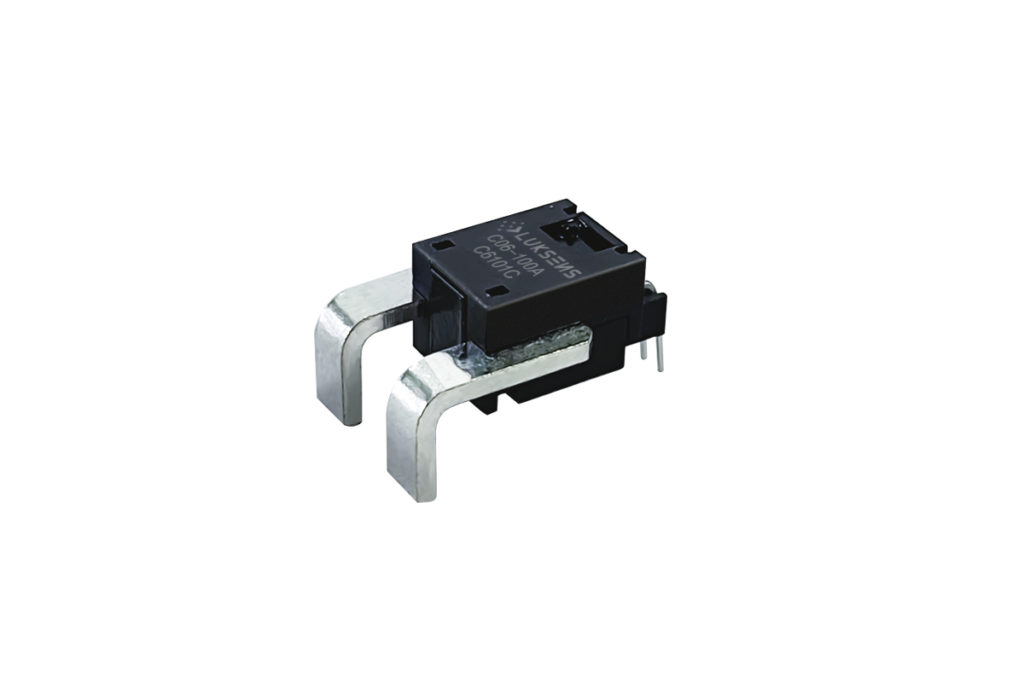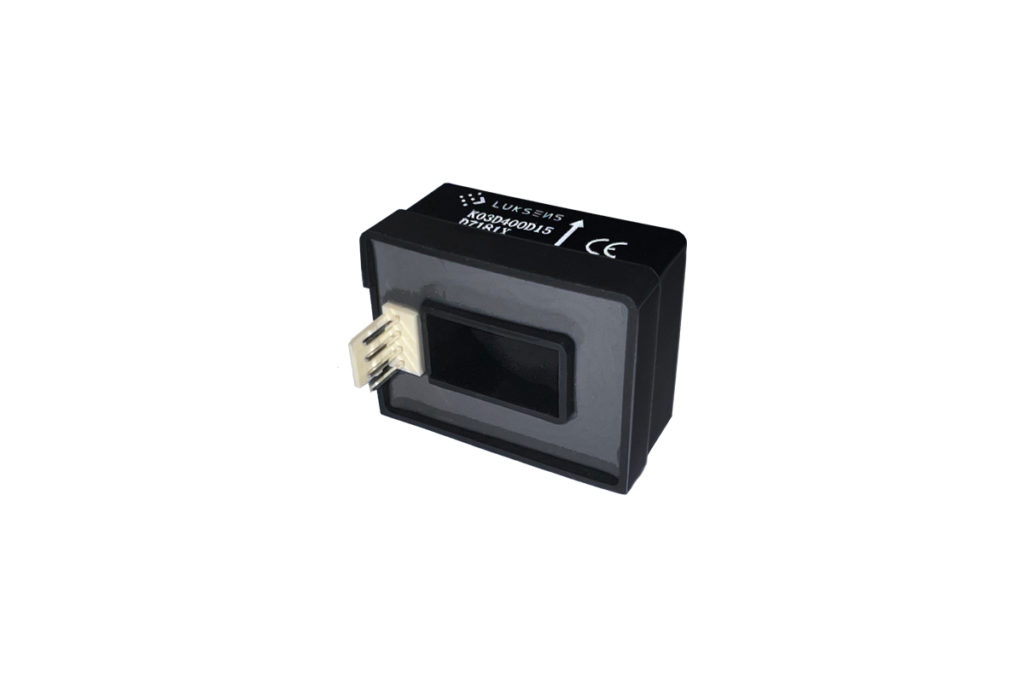Frequency Converter
You are here:
- Home
- DRIVE MOTION
- Frequency Converter
A frequency converter is a power conversion device that can change the input voltage and frequency to regulate the operating speed and power of motors and other power equipment. DC power can be converted into adjustable AC power through an inverter. During this process, the control circuit controls the inverter to adjust the frequency and voltage of the output current. Its main function is to improve energy utilization efficiency, reduce energy consumption, improve the quality of power system operation, and improve equipment reliability.
The main technical applications of current sensors in frequency converter:
- Current measurement: The frequency converter needs to monitor the motor’s current in real time in order to adjust the output frequency and voltage. The current sensor is installed on the motor power line to measure the magnitude of the current in real time. This measurement data is used for the frequency converter algorithm to ensure that the motor is within the normal operating range.
- Current feedback: Through current sensors, the frequency converter can obtain the actual operating current information of the motor and feedback this information to the control system. This feedback mechanism enables the frequency converter to adjust the output frequency and voltage in real-time to meet the requirements under different load conditions.
- Close-loop control: The feedback signal provided by the current sensor enables the frequency converter to implement closed-loop control. By comparing the actual current with the expected current (set by the control system), the frequency converter can adjust the output to keep the motor running in the desired state, improving the stability and efficiency of the system.
- Overload protection: The current sensor can also be used to monitor whether the motor is in an overload state. When the current of the motor exceeds the rated value, the frequency converter can take measures, such as reducing the output frequency or stopping the motor operation, to prevent motor damage or system failure.
- Energy efficiency optimization: By monitoring current in real-time, the frequency converter can adjust its output to maintain optimal energy efficiency. This helps to reduce energy consumption and improve the overall performance of the system.
Typical application examples:
- Air conditioning system
- Pump Control
- Wind turbine control
- Manufacturing production line
- Elevator system
- Refrigeration equipment
- Refrigeration equipment
- Cment production
- Electric vehicle charging station
Our products:
- Provide efficient and precise sensor solutions for AC, DC and pulse currents in industrial, commercial and communications systems
- Consist of three main components: an accurate low-temperature drift linear hall sensor, a flux collector and a current transformer
- Offer markedly low resistance, reducing power loss and temperature drift to deliver exceptional performance
- Max. measuring range ±125A (DC or AC peak)
- High output range up to ±800 mV/IPN
- High frequency bandwidth 120kHz
- Compact size for applications with limited space
- Fast response 3µs, minimal noise output
- No insertion losses
- High ESD sensitivity (Human Body Model) 4kV
- Max. measuring range ±300A (DC or AC peak)
- High frequency bandwidth 120kHz
- Compact size for applications with limited space
- No insertion losses
- High ESD sensitivity (Human Body Model) 4kV
- Max. measuring range ±1000A (DC or AC peak)
- Design for wide current range measurement
- High ESD sensitivity (Human Body Model) 8kV
- Max. measuring range ±1000A (DC or AC peak)
- High output range up to ±800 mV/IPN
- High frequency bandwidth 120kHz
- Compact size for applications with limited space
- Fast response 3μs, minimal noise output
- High ESD sensitivity (Human Body Model) 8kV




